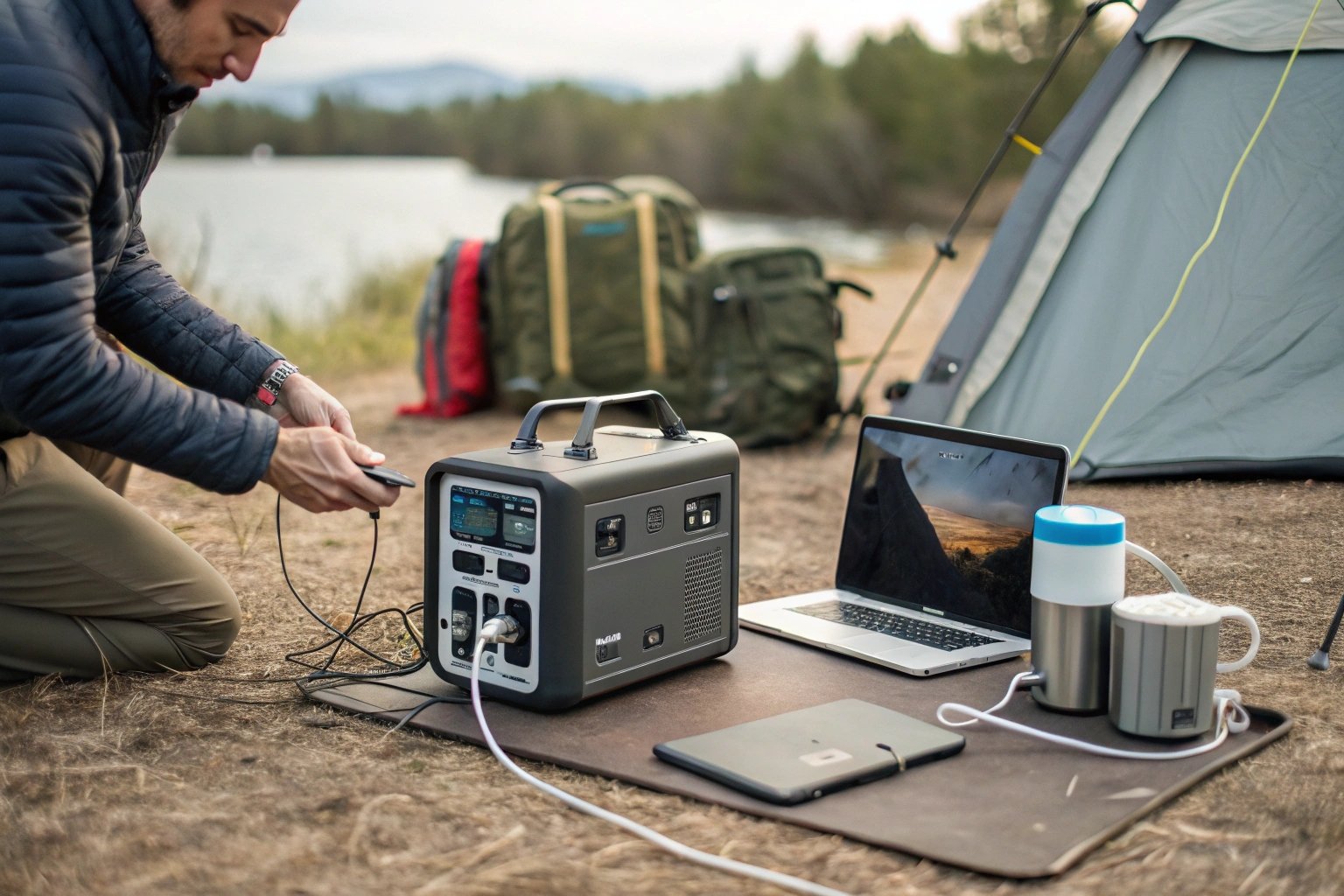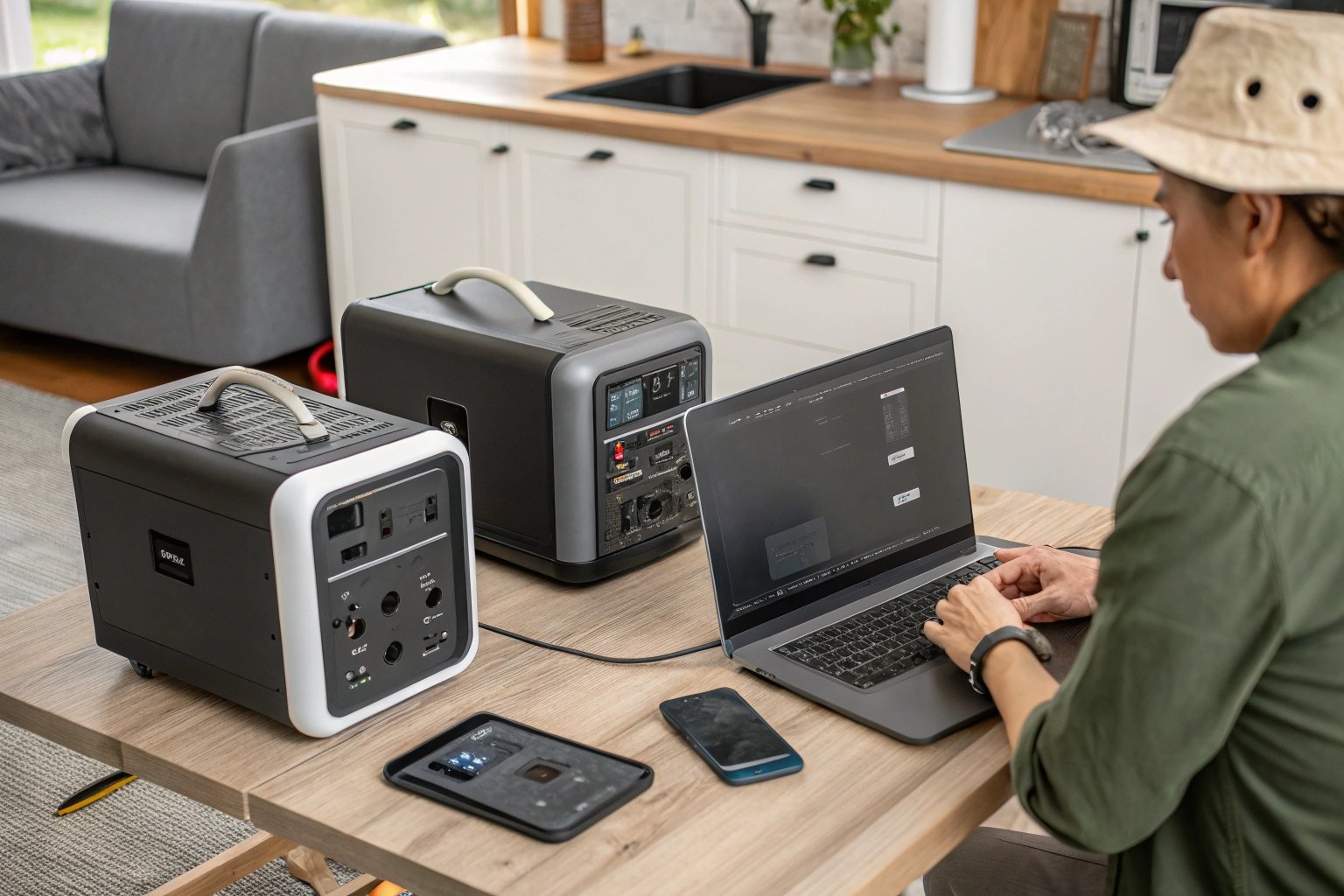Choosing the right outdoor emergency power supply is essential for ensuring you stay powered up during unexpected situations. With so many options available, it can be overwhelming to make the right choice.
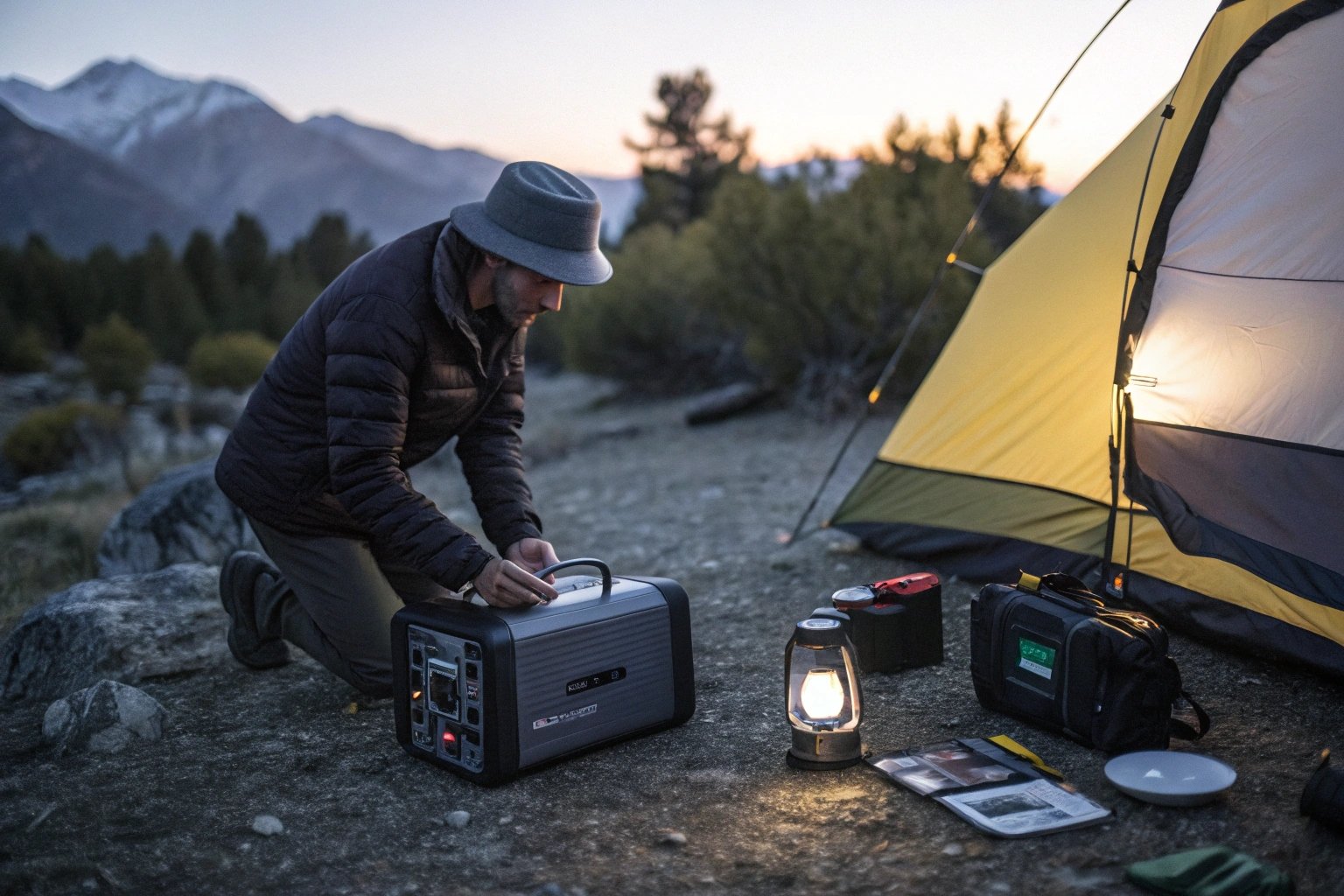
When choosing an outdoor emergency power supply, focus on factors like battery capacity, portability, and recharge time. Ensure the power supply matches your specific power needs and environmental conditions.
Whether you’re heading on a camping trip, preparing for a power outage, or going on an off-grid adventure, selecting the right outdoor power supply can make all the difference. An unsuitable choice can leave you without power when you need it the most. In this guide, we’ll explore the key factors to consider in choosing the best outdoor emergency power supply.
What Are the Key Factors to Consider When Choosing a Power Supply?
When evaluating potential power supplies for outdoor emergencies, it’s essential to understand the features that make one more suitable than another. Not all power supplies are created equal, and choosing the right one could save you time and effort in the long run.
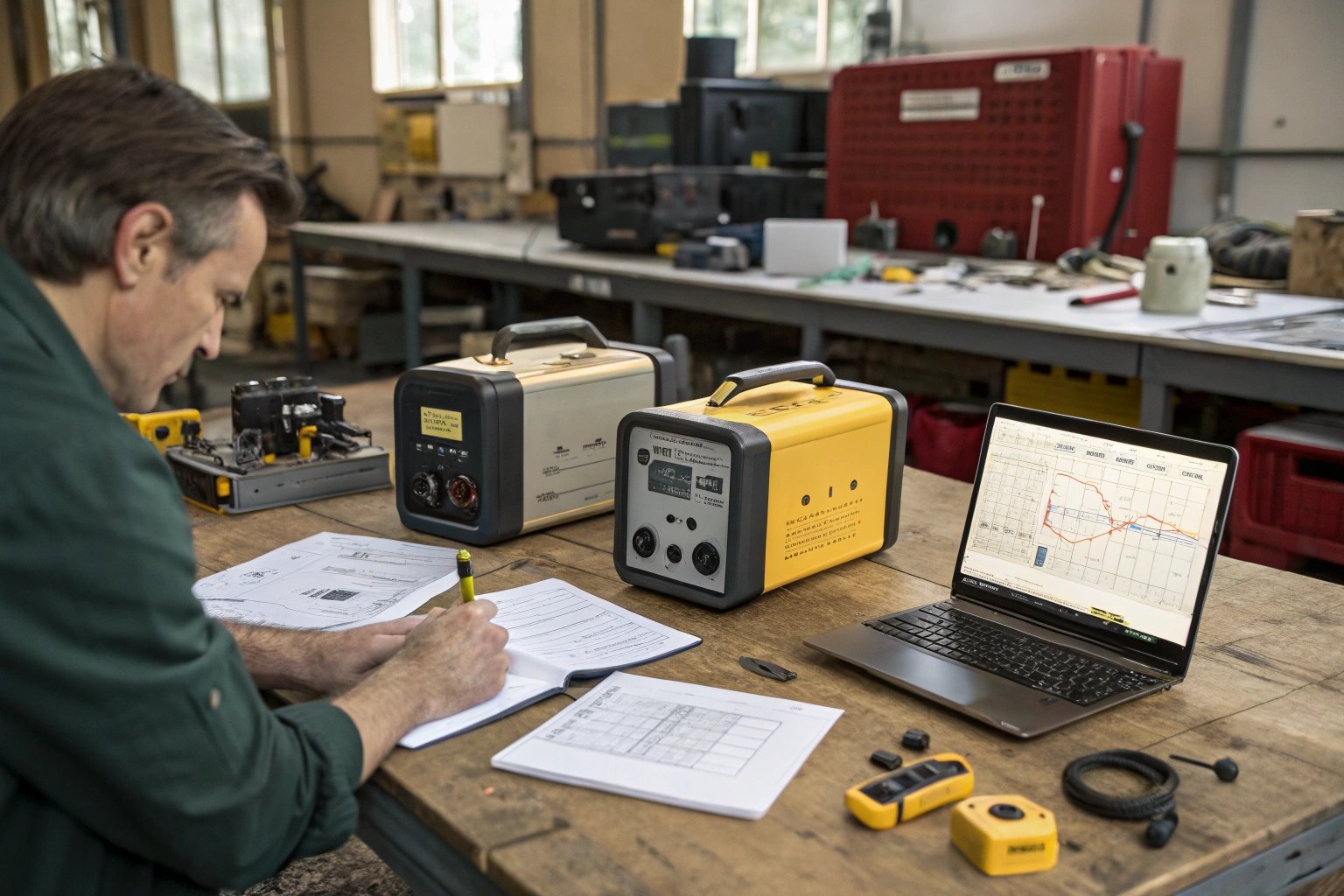
Battery capacity, weight, and recharging options are some of the most critical factors to consider when choosing an outdoor emergency power supply.
Battery capacity is one of the first things you should consider. This is typically measured in watt-hours (Wh) and indicates how much power the device can store. If you're planning to use the power supply for multiple devices or for extended periods, you’ll need a unit with a higher capacity.
For example, a small power station may have a capacity of 150Wh, which is enough for charging phones or running small lights. However, if you plan to power laptops, refrigerators, or other larger appliances, you'll need a power supply with a capacity of 500Wh or more.
How Do Different Battery Types Affect Power Supply Performance?
Understanding the different battery types can help you make an informed decision when selecting a power supply. Different types offer varying levels of performance, durability, and cost.
Lithium-ion and lithium iron phosphate (LiFePO4) batteries are the most common types used in outdoor emergency power supplies, each with unique advantages.
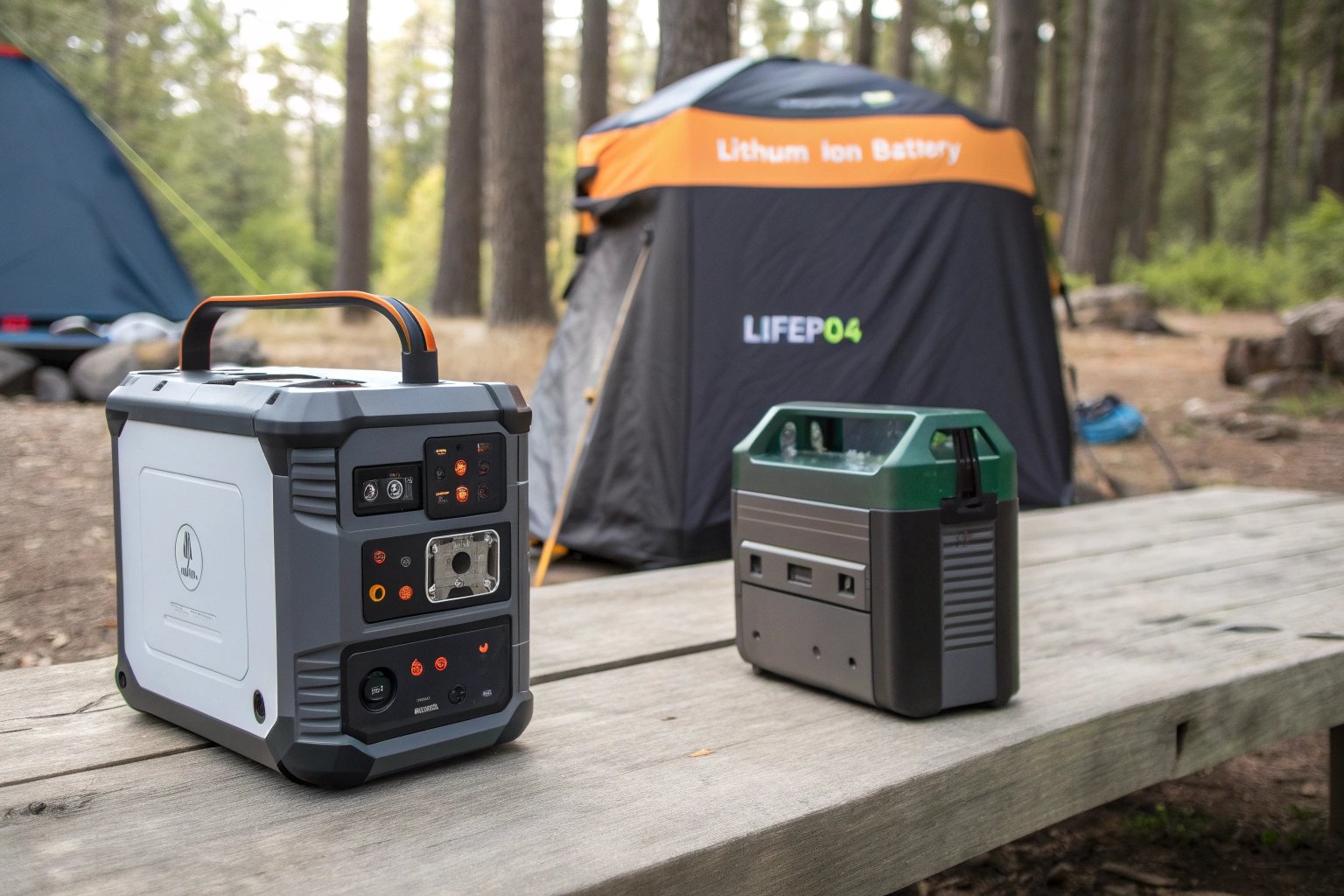
Lithium-ion batteries are popular because they provide high energy density, which means they can store more energy in a smaller, lighter package. However, they typically have a shorter lifespan compared to other battery types. They are suitable for short-term emergencies and lighter usage but may need replacement more often than other options.
On the other hand, lithium iron phosphate (LiFePO4) batteries are known for their long lifespan and high stability. These batteries can last significantly longer, often up to 3,000 charge cycles, compared to lithium-ion's 500-1,000 charge cycles. While LiFePO4 batteries may be heavier and more expensive, they are ideal for long-term use and reliability.
What Power Outputs Should You Expect From an Outdoor Emergency Power Supply?
The power output is just as important as the battery capacity when choosing an outdoor power supply. You need to ensure the supply can handle the devices you intend to use without overloading.
Look for power stations that offer a range of output options, such as AC outlets, DC carports, and USB ports, to cover a variety of devices.
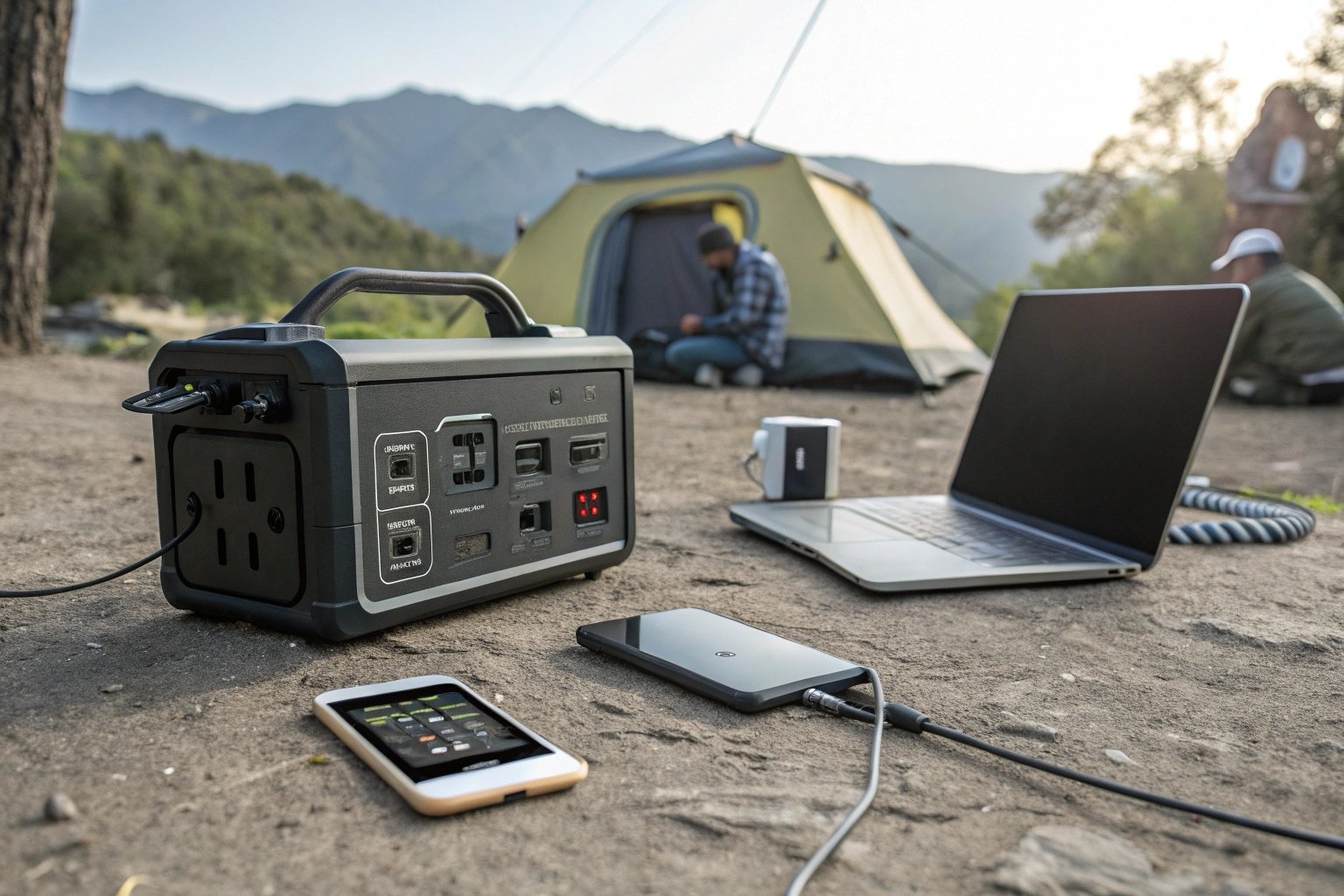
AC outlets allow you to plug in devices like laptops, mini-fridges, or electric tools. DC carports are perfect for charging devices like car accessories, and USB ports are ideal for phones, cameras, or other small electronics. Depending on your needs, make sure that the power supply has the right combination of these outlets.
If you’re only planning to charge a phone and run a few lights, a smaller, more basic power station with USB ports might suffice. However, for more demanding devices like a laptop or electric stove, a unit with multiple AC outlets and a higher power output is necessary.
Conclusion
Choosing the right outdoor emergency power supply depends on your specific needs, from battery capacity to portability and power output. By considering the key factors outlined above, you can make an informed decision that ensures you stay powered up during any emergency situation.

